Study Tools for High School Students
High school is a time of significant change for students, with increasing academic demands and extracurricular activities. To succeed, students need to develop effective study habits, and modern technology offers a variety of tools to support them. From time management apps to online learning resources, these tools help students stay organized, motivated, and on track to achieve their academic goals.
Let’s explore some of the best study tools for high school students, including their features, pros and cons, and pricing details.
1. Edubrain.ai
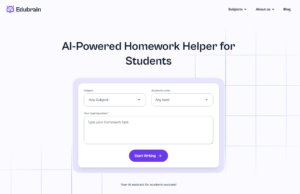
Overview:
An AI-driven tool that offers personalized academic support across various subjects. Even for complex courses like chemistry, Edubrain’s chemistry ai solver helps students answer difficulties. This application provides customized explanations and answers based on the student’s comprehension.
Pros:
- Personalized learning experience.
- Effective for understanding complex topics.
- Available for multiple subjects.
Cons:
- May require internet access for optimal use.
- Some students may prefer more traditional study methods.
Price:
Offers various pricing plans, including a free tier with basic features and premium plans for more comprehensive support.
2. Google Calendar
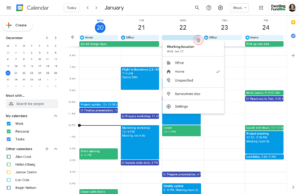
Overview:
Google Calendar is a powerful scheduling tool that helps students manage their time effectively. With the ability to set reminders and create detailed schedules, it’s ideal for keeping track of study sessions, class times, and assignment deadlines.
Pros:
- Easy to use and widely accessible.
- Integrates with other Google services.
- Allows for color-coded calendars and reminders.
Cons:
- Requires a Google account.
- May be overwhelming for students unfamiliar with digital planning.
Price:
Free to use with a Google account.
3. Todoist
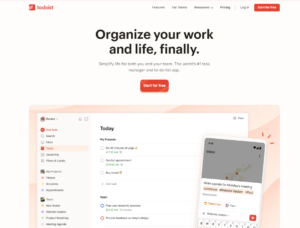
Overview:
Todoist is a task management app that helps students prioritize their tasks and manage their workload efficiently. It allows users to create lists, set due dates, and check off tasks as they complete them.
Pros:
- Simple and intuitive interface.
- Prioritization features help focus on important tasks.
- Supports collaboration on shared projects.
Cons:
- Premium features require a subscription.
- Limited customization for free users.
Price:
Free with basic features, premium version available for $3/month.
4. Trello
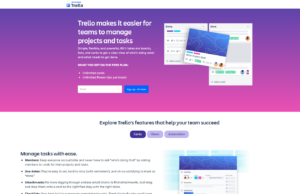
Overview:
Trello is a visual task management tool that uses boards and cards to help students organize their study tasks. It’s particularly effective for students who prefer a visual representation of their work.
Pros:
- User-friendly and visually appealing.
- Highly customizable boards.
- Great for group projects and collaboration.
Cons:
- Might be too simplistic for some users.
- Requires an internet connection.
Price:
Free for basic use, premium plans start at $5/month.
5. CustomWriting
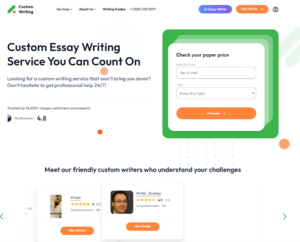
Overview:
CustomWriting.com is a professional writing service that assists students with various writing tasks, including essays, reports, and research papers. It provides tailored writing assistance to help students improve their writing skills and produce high-quality work.
Pros:
- Offers custom-written papers by professional writers.
- Provides editing and proofreading services.
- Useful for improving writing skills and understanding academic standards.
Cons:
- Services come at a cost.
- May not align with all academic integrity policies.
Price:
Prices vary based on the type of service, length, and deadline. Generally, services start at around $10 per page.
6. Coursera

Overview:
Coursera offers university-level courses on a variety of topics, allowing high school students to deepen their understanding of specific subjects or explore new interests.
Pros:
- High-quality courses from top universities.
- Certificates available for completed courses.
- Extensive course variety.
Cons:
- Some courses require payment.
- Not specifically tailored for high school curriculums.
Price:
Many courses are free, but some require payment for certification.
7. Grammarly

Overview:
Grammarly is a writing assistance tool that helps students with grammar, spelling, and style suggestions. It goes beyond basic spell checks to enhance the overall quality of a student’s writing.
Pros:
- Advanced grammar and style suggestions.
- Easy-to-use browser extension and app.
- Supports multiple platforms and devices.
Cons:
- Premium features require a subscription.
- Might not always align with creative writing styles.
Price:
Free for basic use, premium plans available from $12/month.
8. Evernote

Overview:
Evernote is a comprehensive note-taking and organization tool that allows students to store notes, tasks, and projects in one place. It’s perfect for keeping track of various classes and assignments.
Pros:
- Syncs across multiple devices.
- Supports multimedia notes (text, images, audio).
- Searchable tags and notebooks for easy organization.
Cons:
- Premium features are locked behind a subscription.
- Can be overwhelming for users who prefer simple note-taking.
Price:
Free with basic features, premium plans start at $7.99/month.
9. Notion

Overview:
Notion combines note-taking with task management, offering an all-in-one workspace for students. It’s ideal for those who want to keep their notes, to-do lists, and study resources in one place.
Pros:
- Highly customizable interface.
- Supports collaboration for group projects.
- Integrates with other apps and tools.
Cons:
- Learning curve for new users.
- Some advanced features require a paid plan.
Price:
Free for personal use, premium plans start at $4/month.
Conclusion
Choosing the right study tools can significantly impact a high school student’s academic success. With so many options available, students should experiment with different tools to find what works best for their learning style. Whether it’s an AI-powered study assistant like Edubrain.ai, a comprehensive note-taking app like OneNote, or a task management tool like Todoist, these resources are designed to help students stay organized, focused, and ready to achieve their best in school.




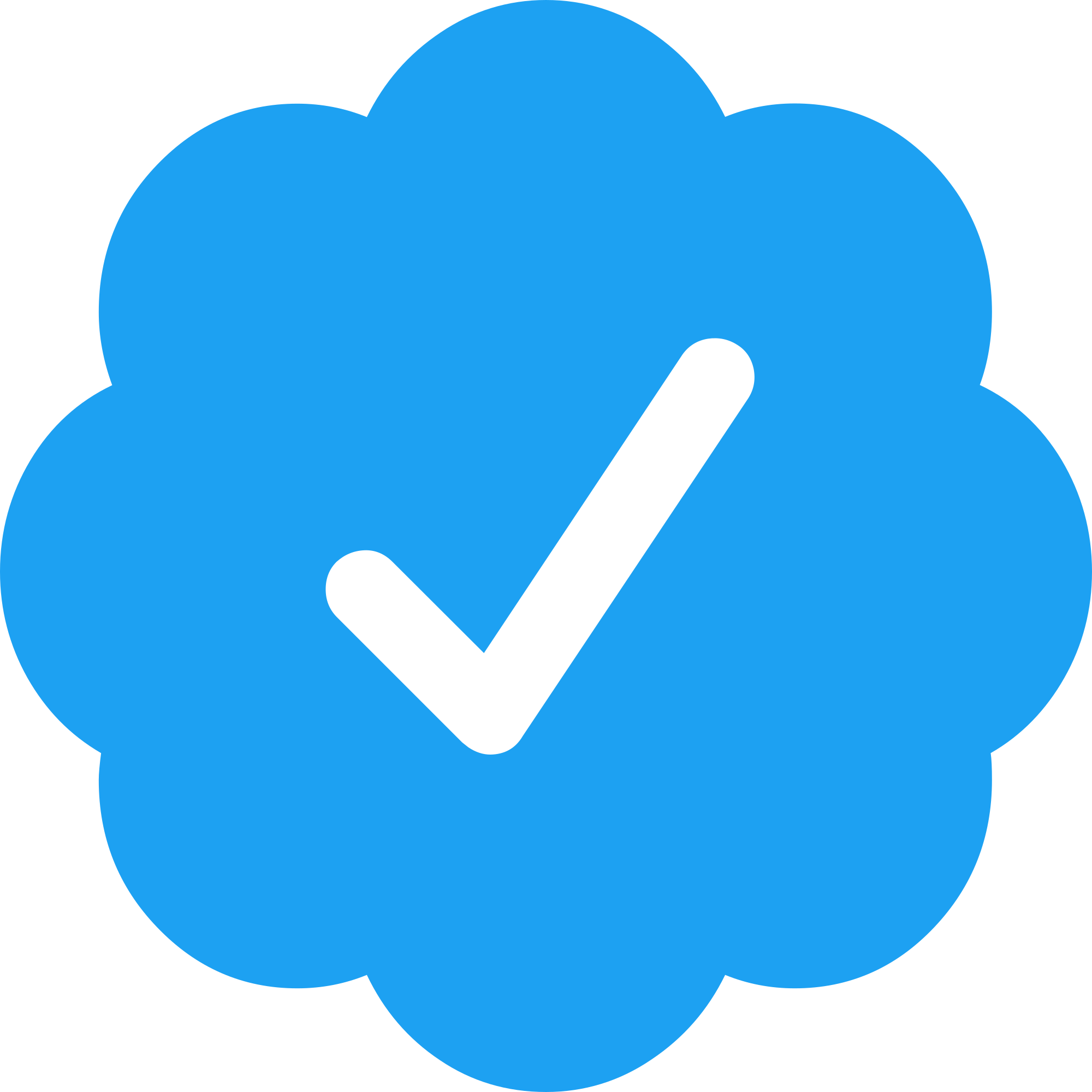



Comments